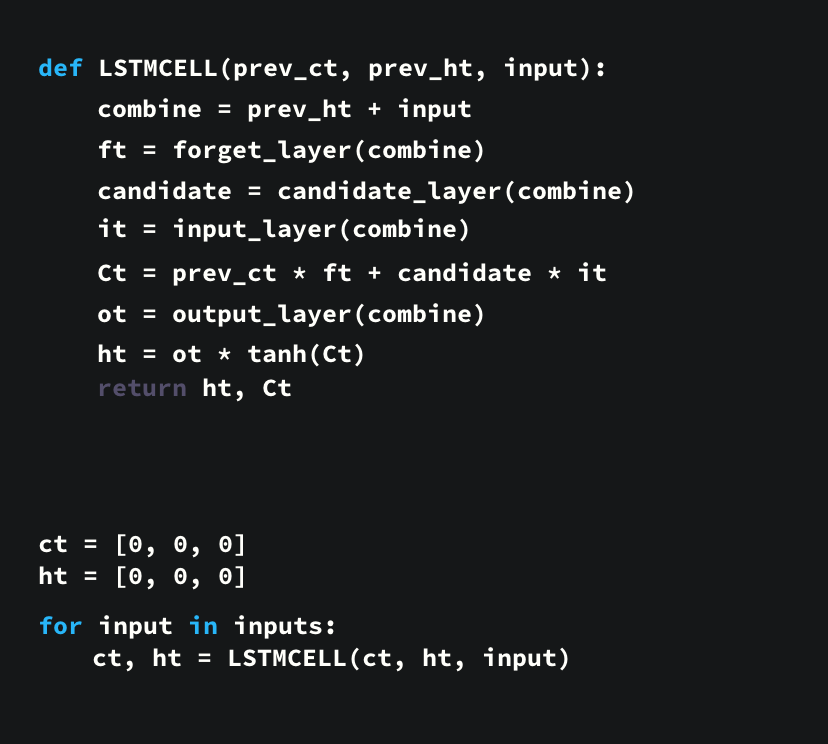The Problem, Short-term Memory
Recurrent Neural Networks suffer from short-term memory. If a sequence is long enough, they’ll have a hard time carrying information from earlier time steps to later ones. So if you are trying to process a paragraph of text to do predictions, RNN’s may leave out important information from the beginning.
During back propagation, recurrent neural networks suffer from the vanishing gradient problem. Gradients are values used to update a neural networks weights. The vanishing gradient problem is when the gradient shrinks as it back propagates through time. If a gradient value becomes extremely small, it doesn’t contribute too much learning.
Gradient Update Rule
So in recurrent neural networks, layers that get a small gradient update stops learning. Those are usually the earlier layers. So because these layers don’t learn, RNN’s can forget what it seen in longer sequences, thus having a short-term memory. If you want to know more about the mechanics of recurrent neural networks in general, you can read my previous post here.
Review of Recurrent Neural Networks
To understand how LSTM’s or GRU’s achieves this, let’s review the recurrent neural network. An RNN works like this; First words get transformed into machine-readable vectors. Then the RNN processes the sequence of vectors one by one.
Processing sequence one by one
While processing, it passes the previous hidden state to the next step of the sequence. The hidden state acts as the neural networks memory. It holds information on previous data the network has seen before.


